Without rainwater, Farallon Islands research station is unable to function.
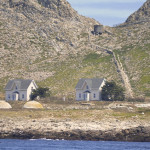
Sign up for our free weekly newsletter and understand everything better!
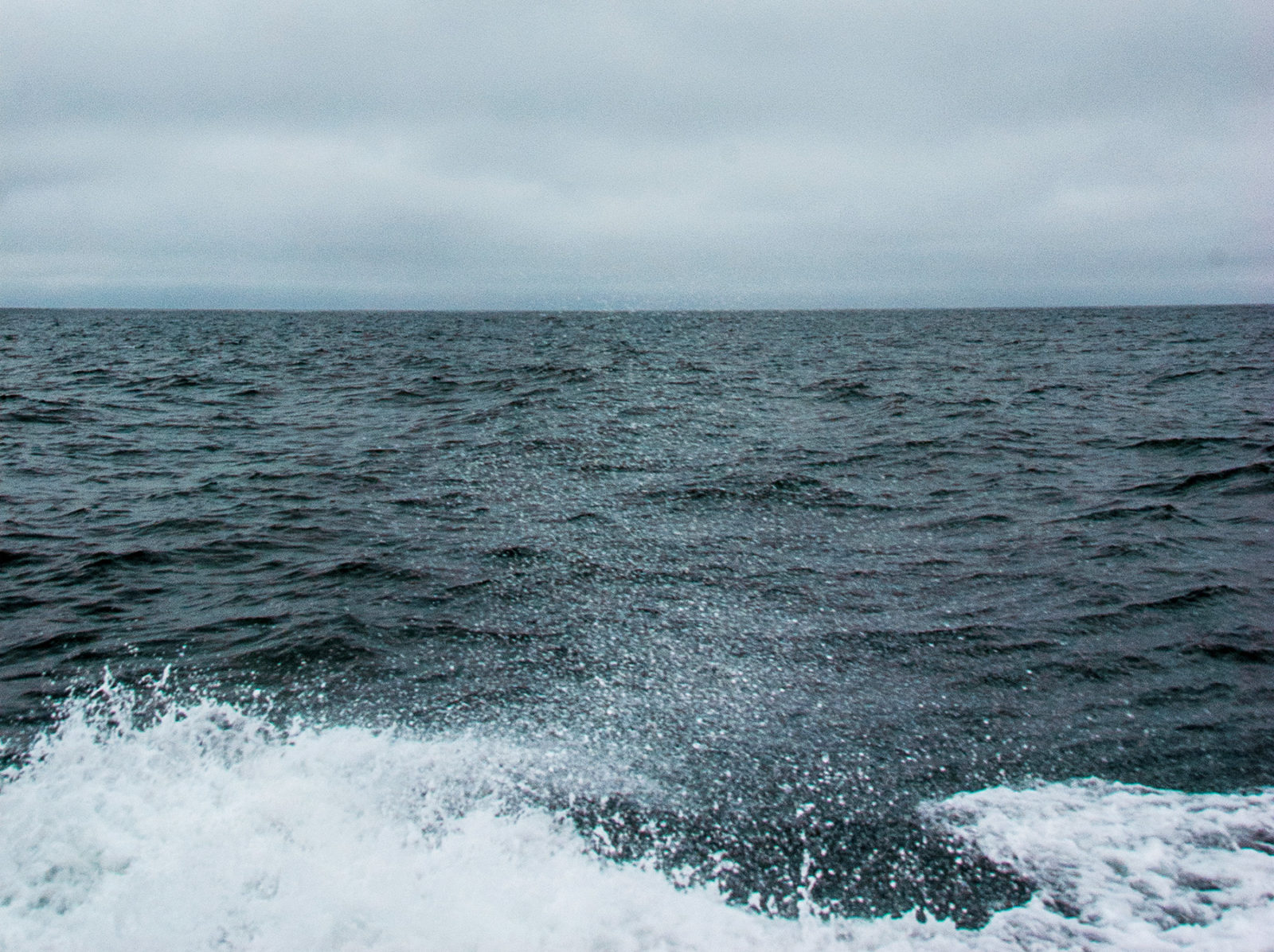

Without rainwater, Farallon Islands research station is unable to function.
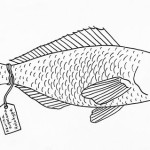
The Galapagos damselfish exists only in the specimens collection at the California Academy of Sciences in San Francisco, the victim of an unusually strong El Nino. Thoughts on the fish, and its lessons in a changing world.
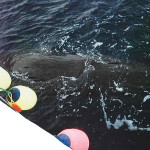
The tide may be finally turning against the use of drift gillnets off California waters. WARNING: Disturbing images.
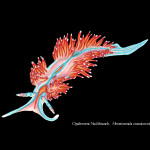
There are lots of pretty pictures of the 3,000 nudibranchs species already discovered, but few specifics. Key elements of their fundamental biology are still poorly understood, or not understood at all. Or not even examined.
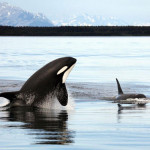
National Park Service ecologist Sarah Allen has been looking at the “big picture” of marine ecosystem health since the mid-1970s when she worked as a field biologist on the Farallon Islands, then later in the ’80s and ’90s tracking seabirds, … Read more
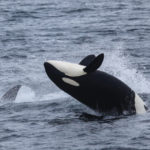
Our growing understanding of orca ecotypes — bolstered by recent advances in research technology and protocols — has been a major key to unlocking the mystery of the killer whales of the eastern North Pacific.
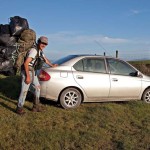
From the western edge of the continent, Richard James blogs about life and litter at Coastodian.org, takes photos, and dreams up art projects that challenge our view of the world.
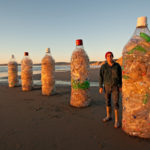
Richard James, who keeps the beaches of Point Reyes as litter-free as he can, has an obsessive eye for the discordant note of trash. His life as a park volunteer comes with a lesson: You learn strange things when you pick up after the world.
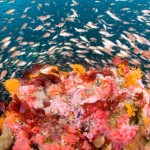
A proposal now under NOAA consideration would more than double the size of the sanctuaries, and protect the entire Sonoma County coastline and part of the Mendocino coastline to Point Arena, as well west to the edge of the continental shelf.
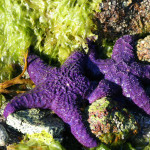
Marine scientists are investigating a recent outbreak of ‘sea star wasting syndrome’ that has ravaged starfish populations along the West Coast.